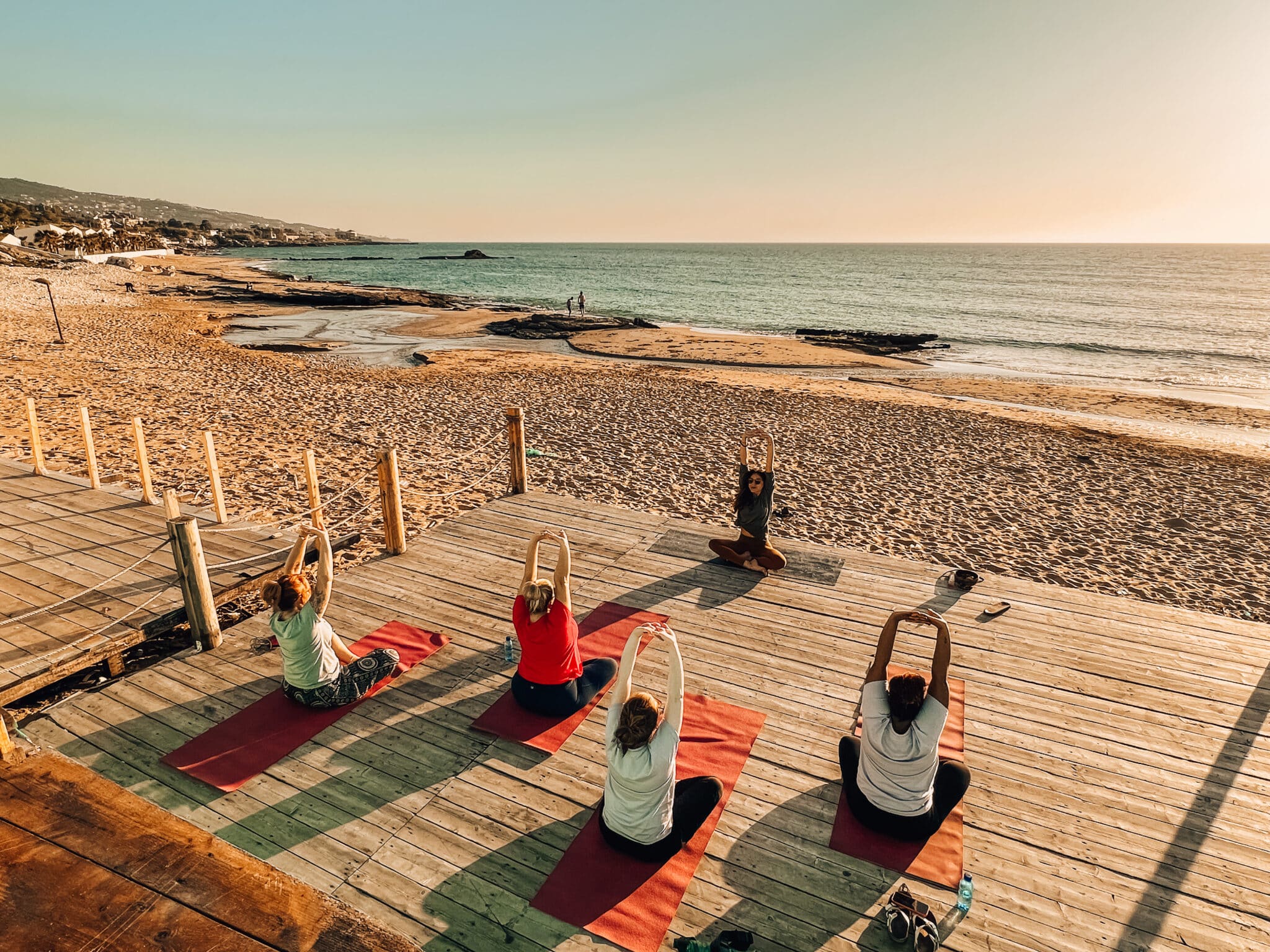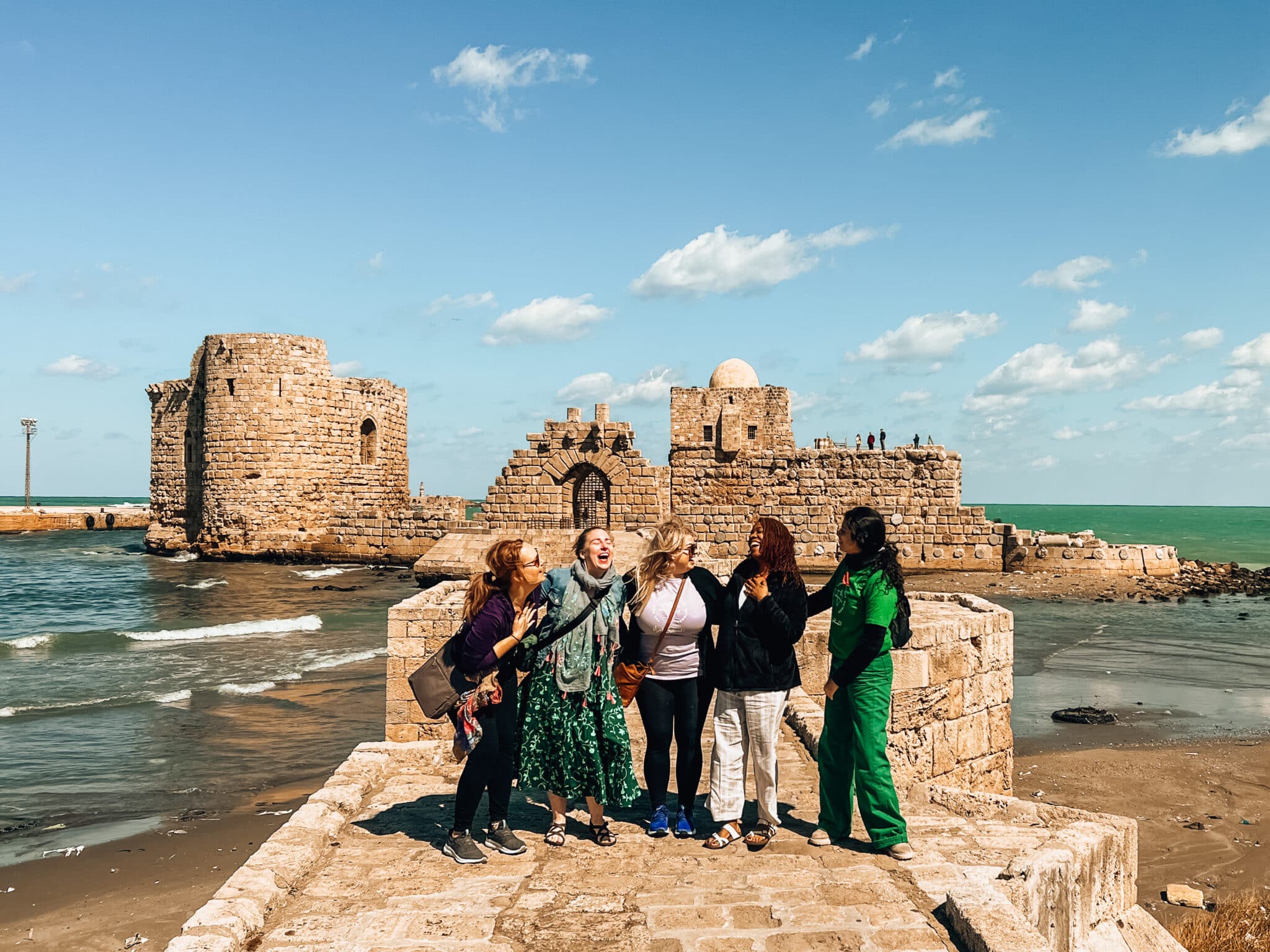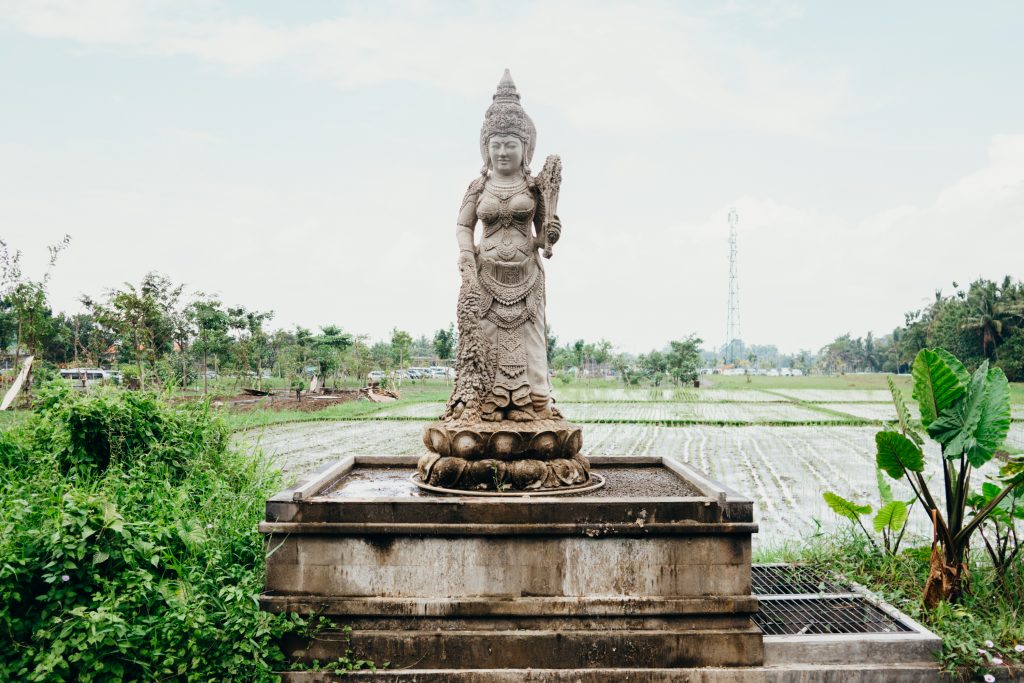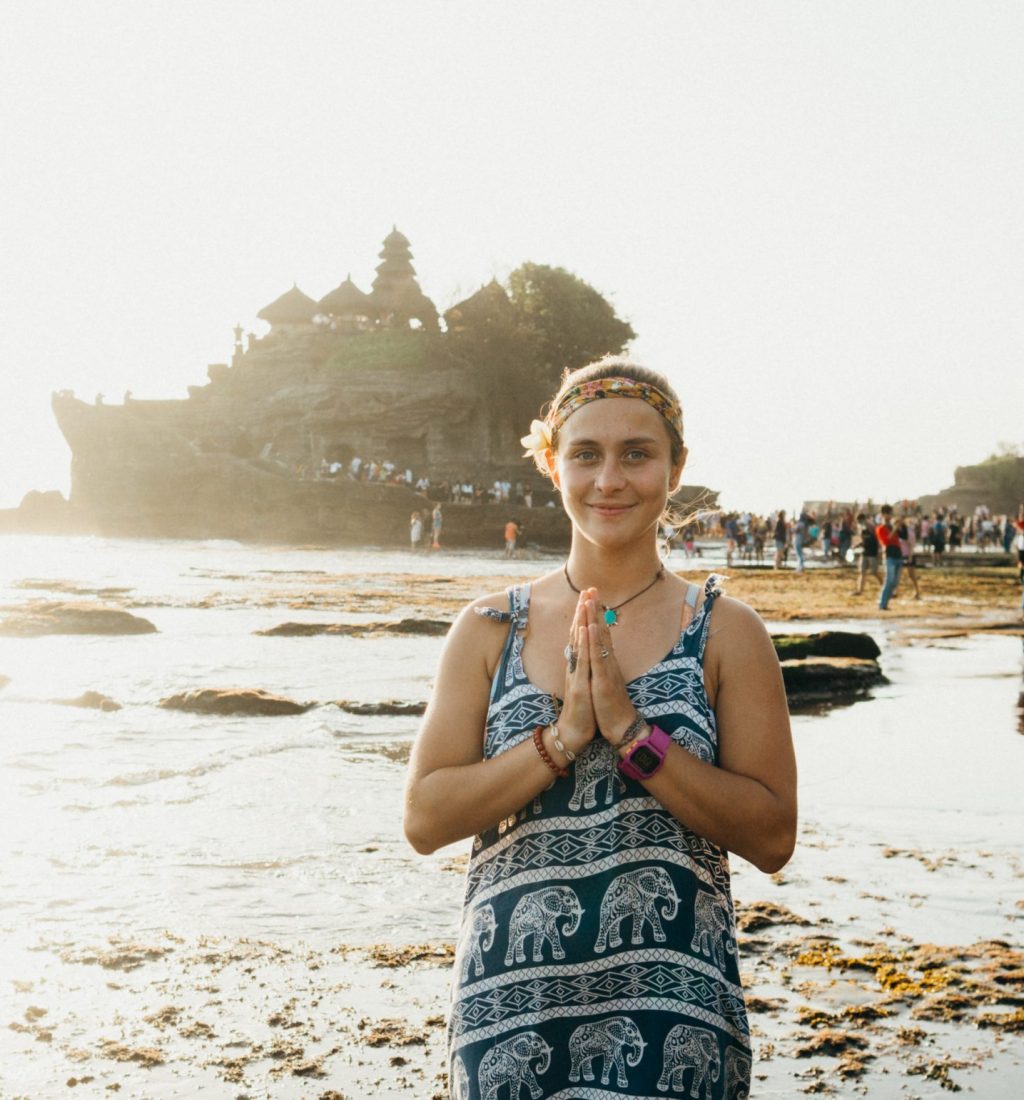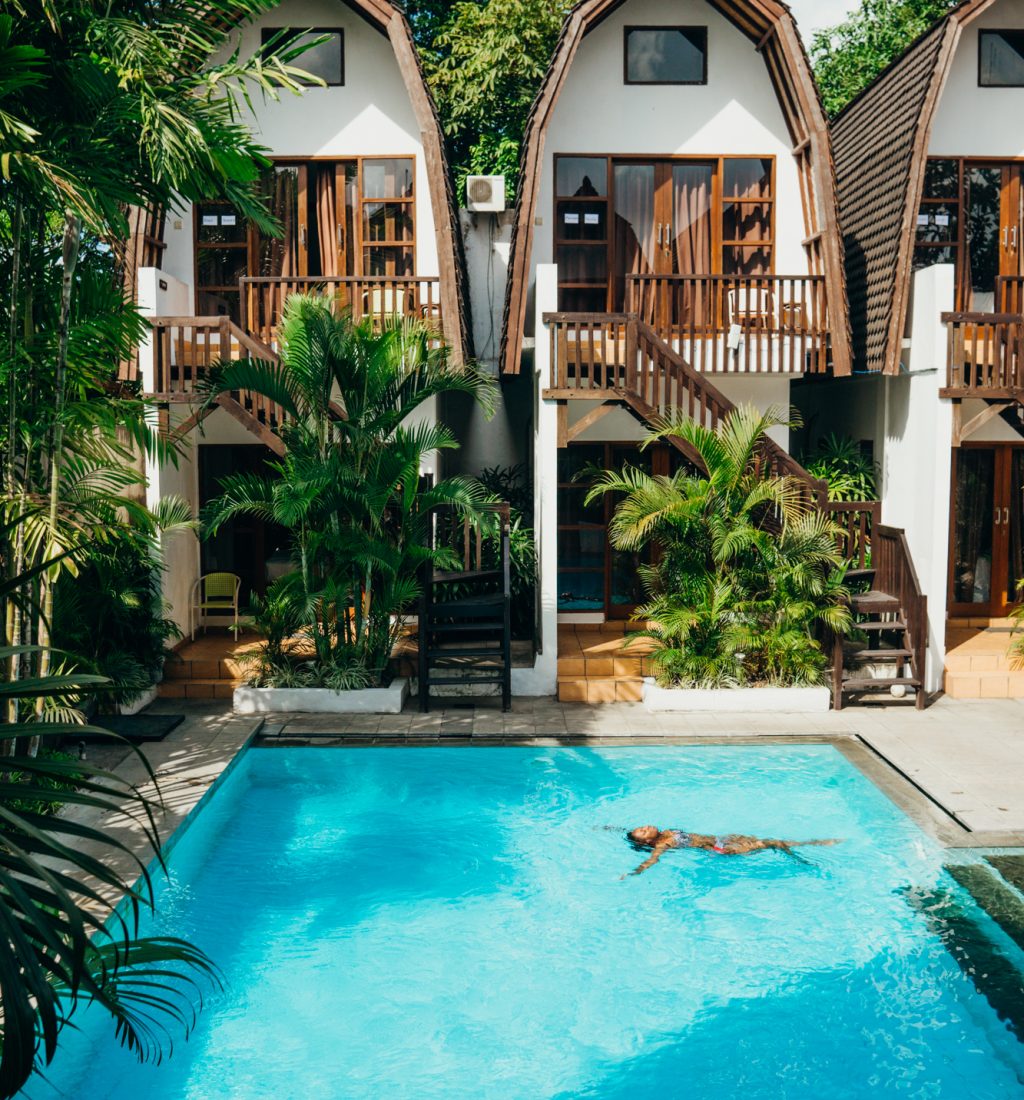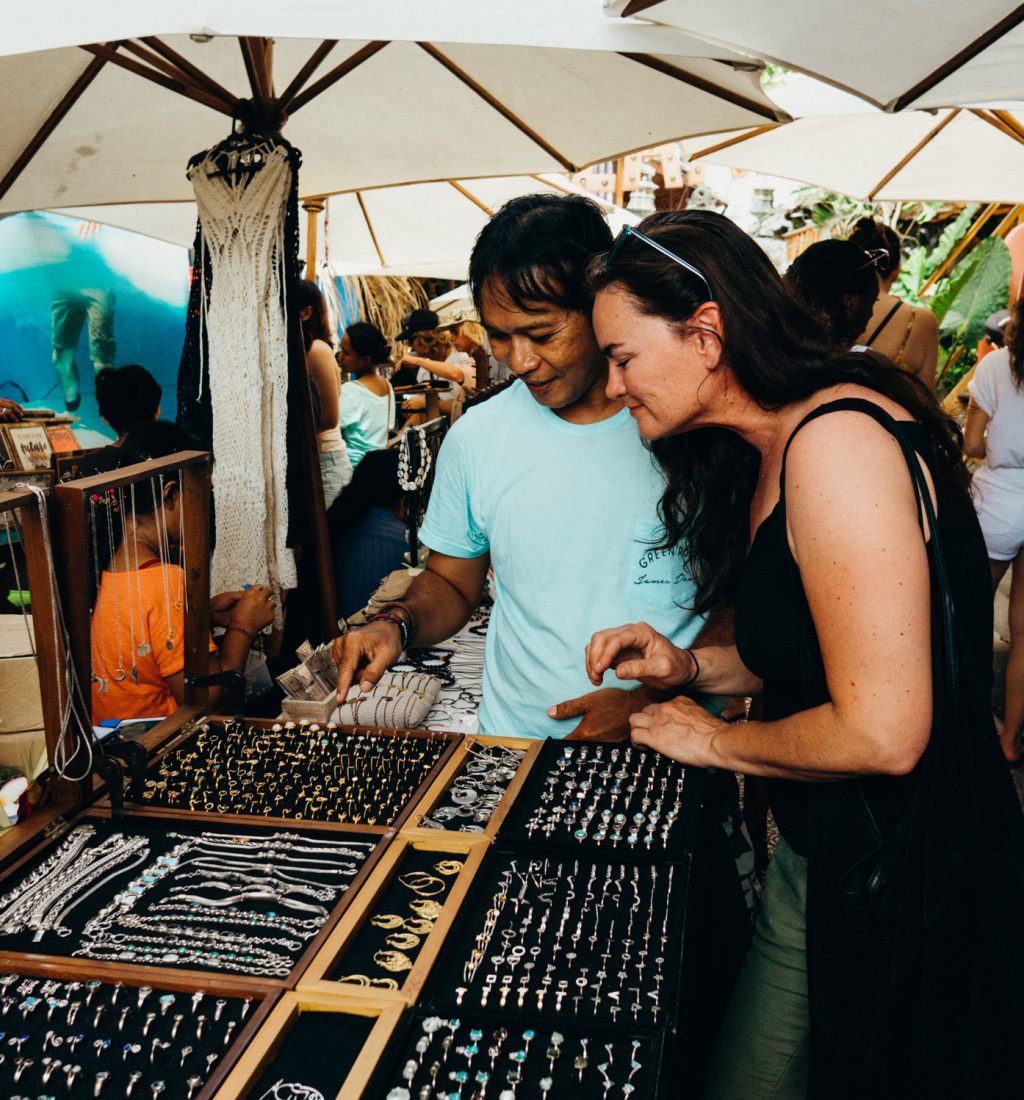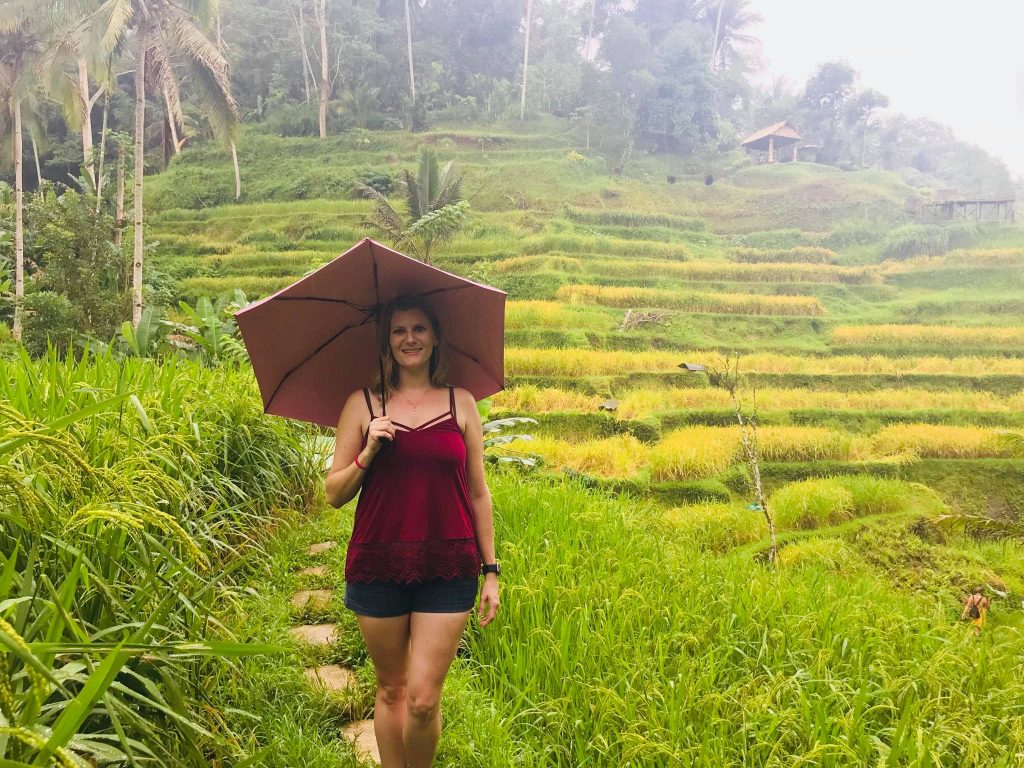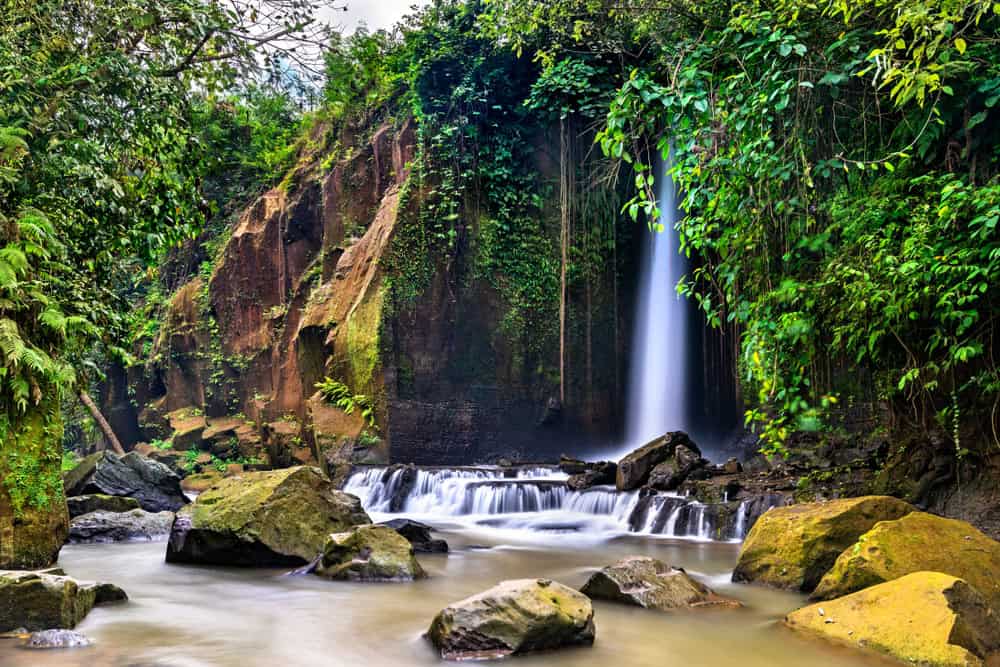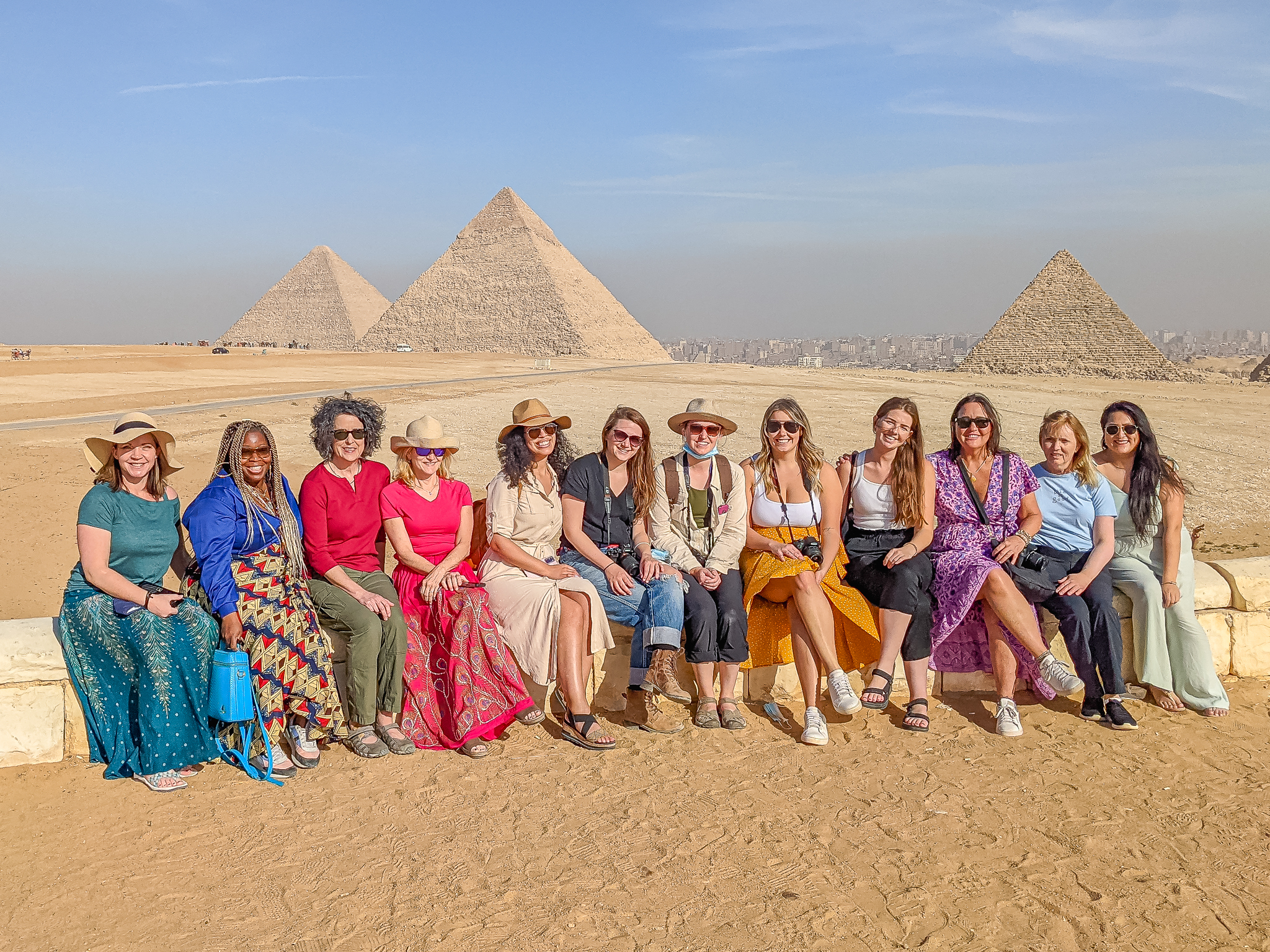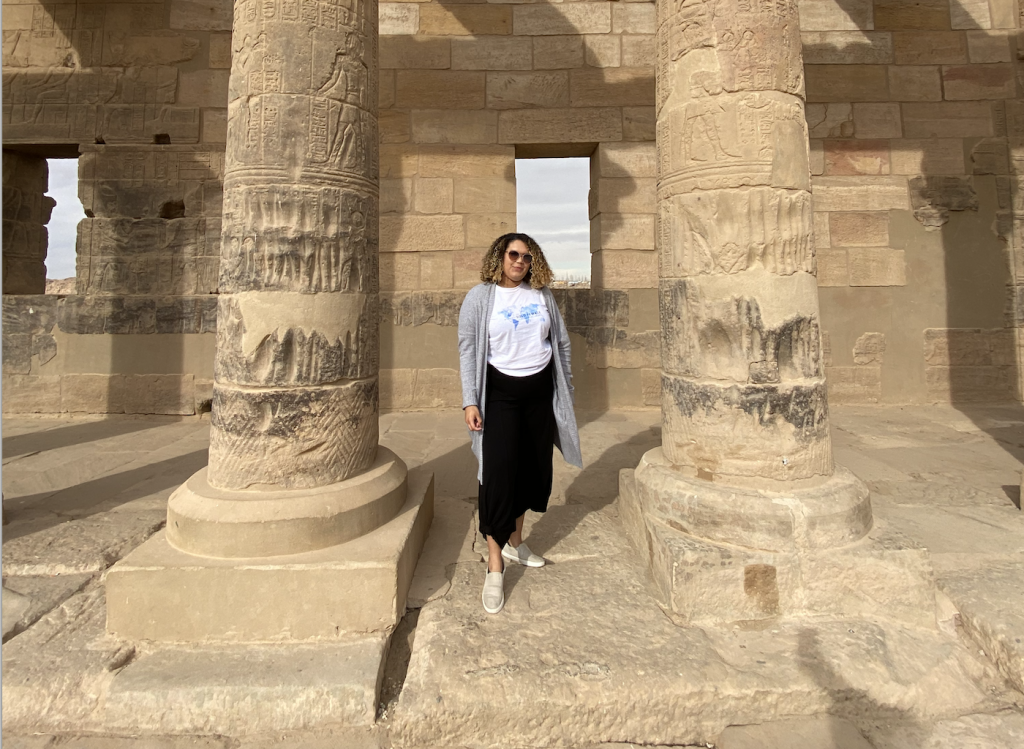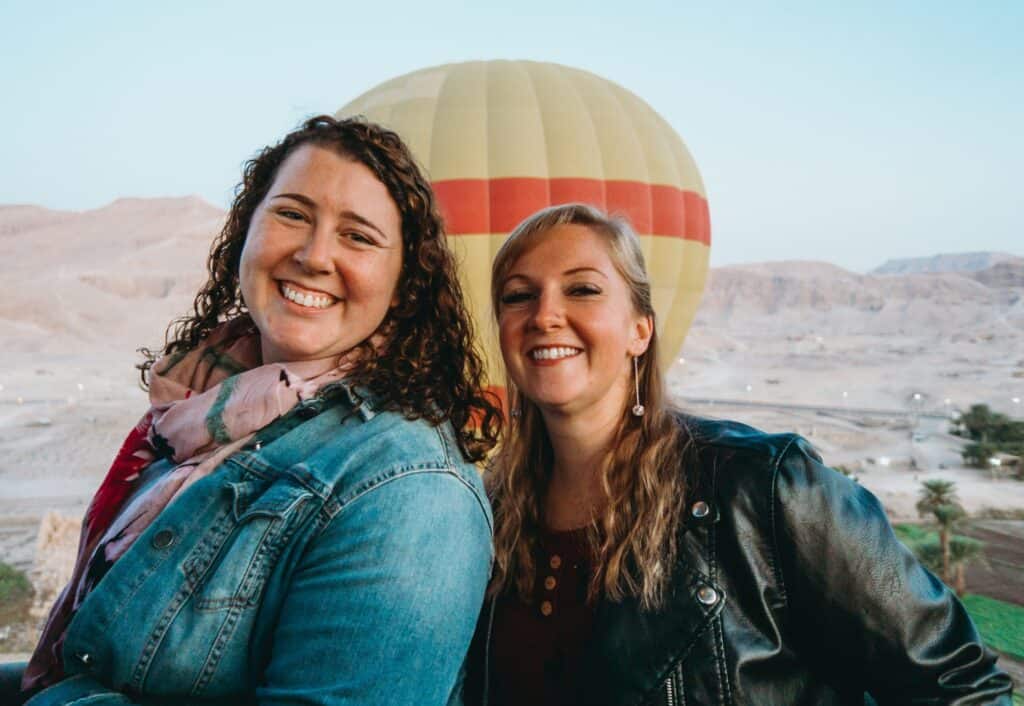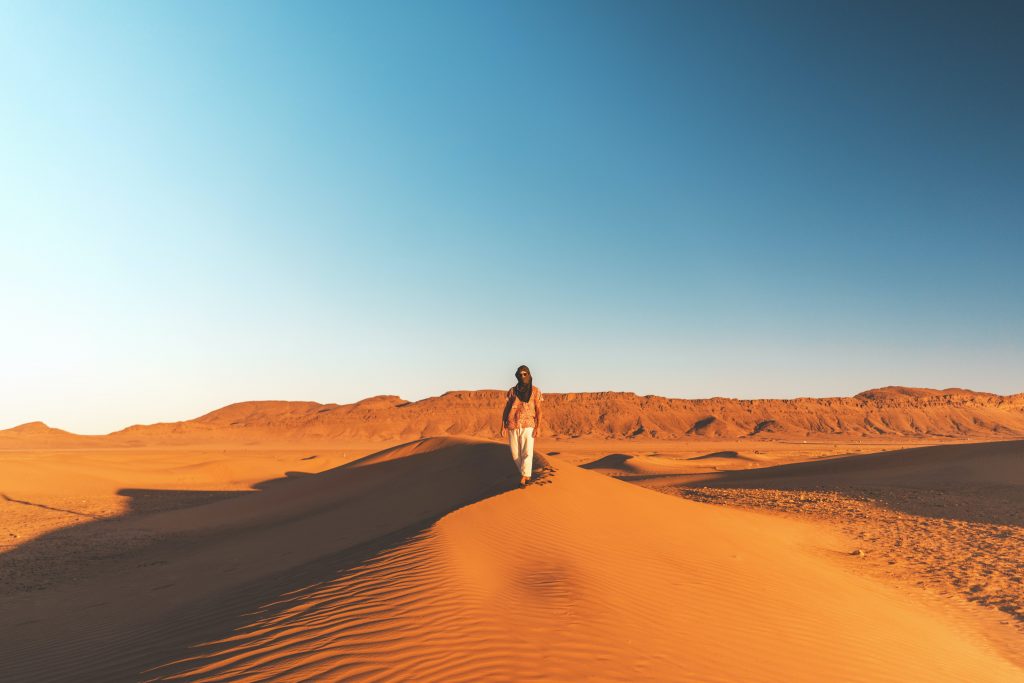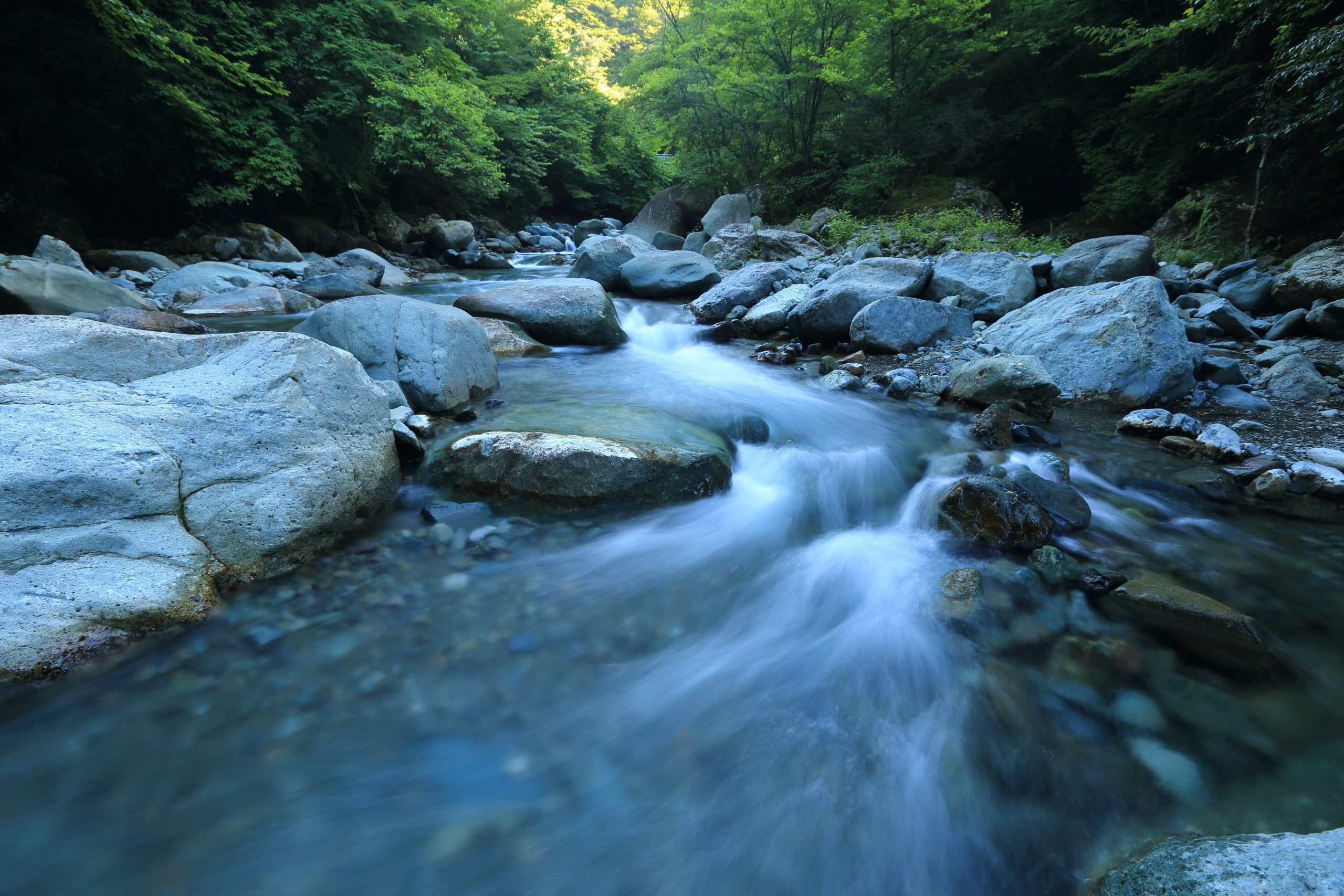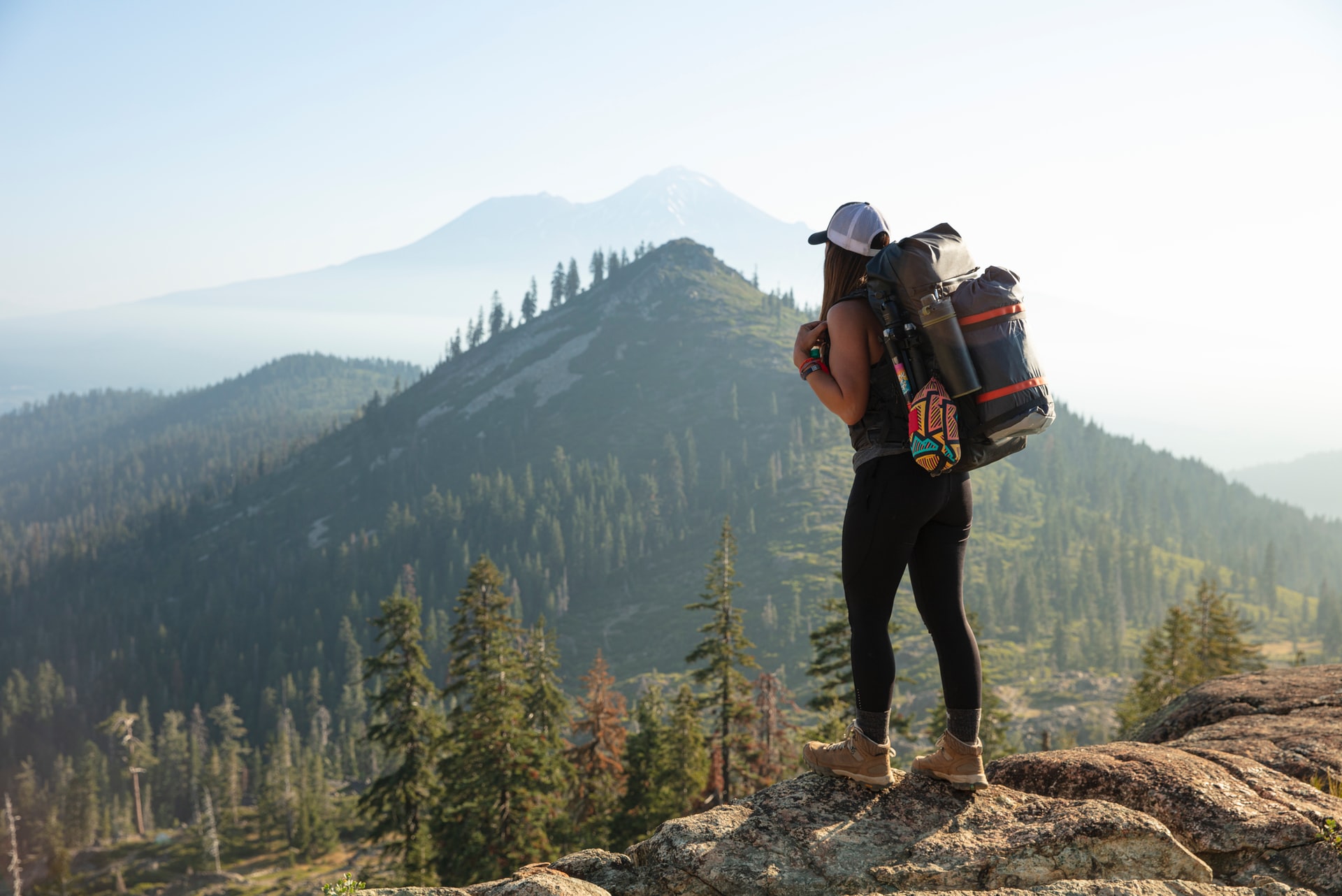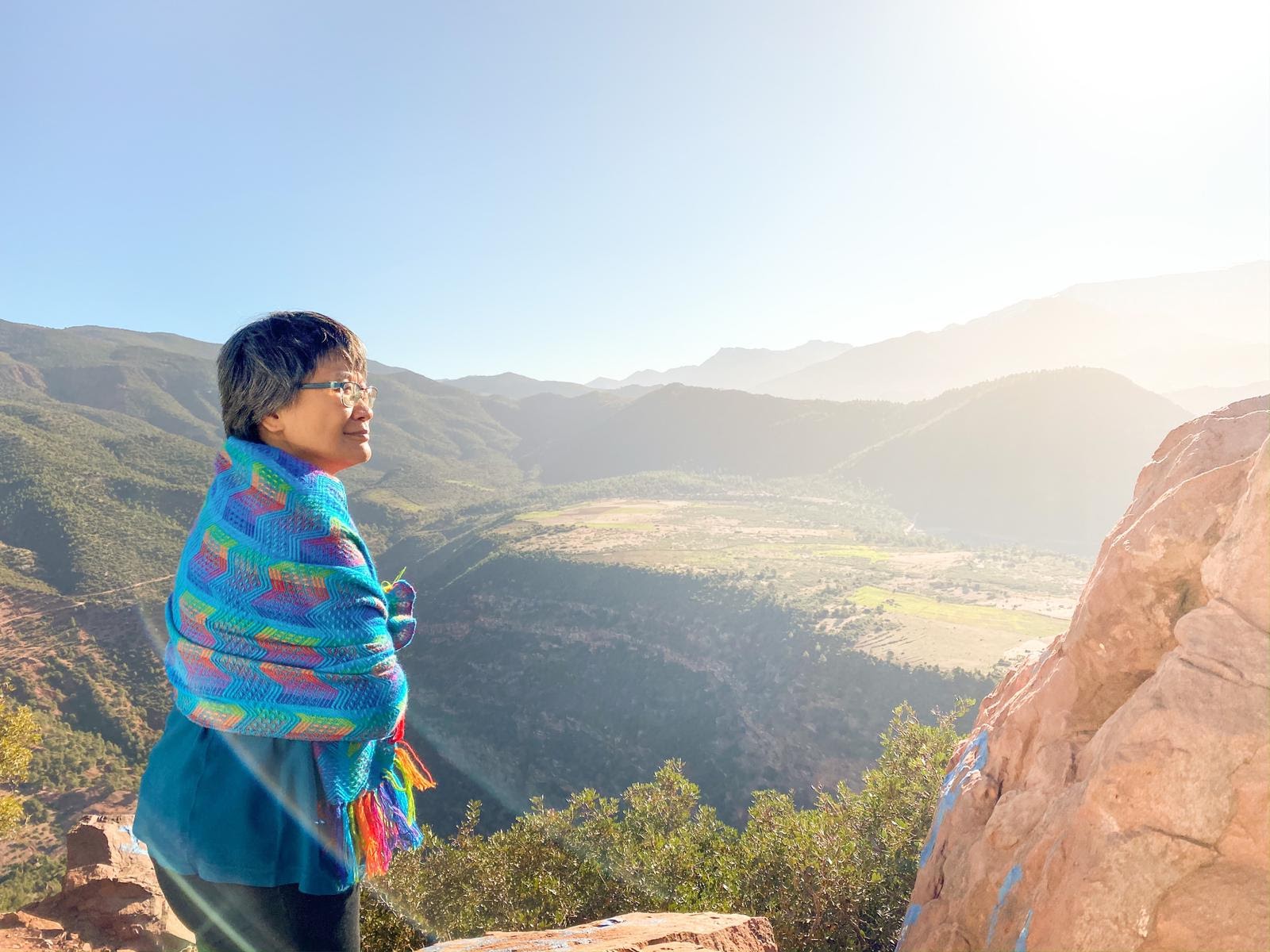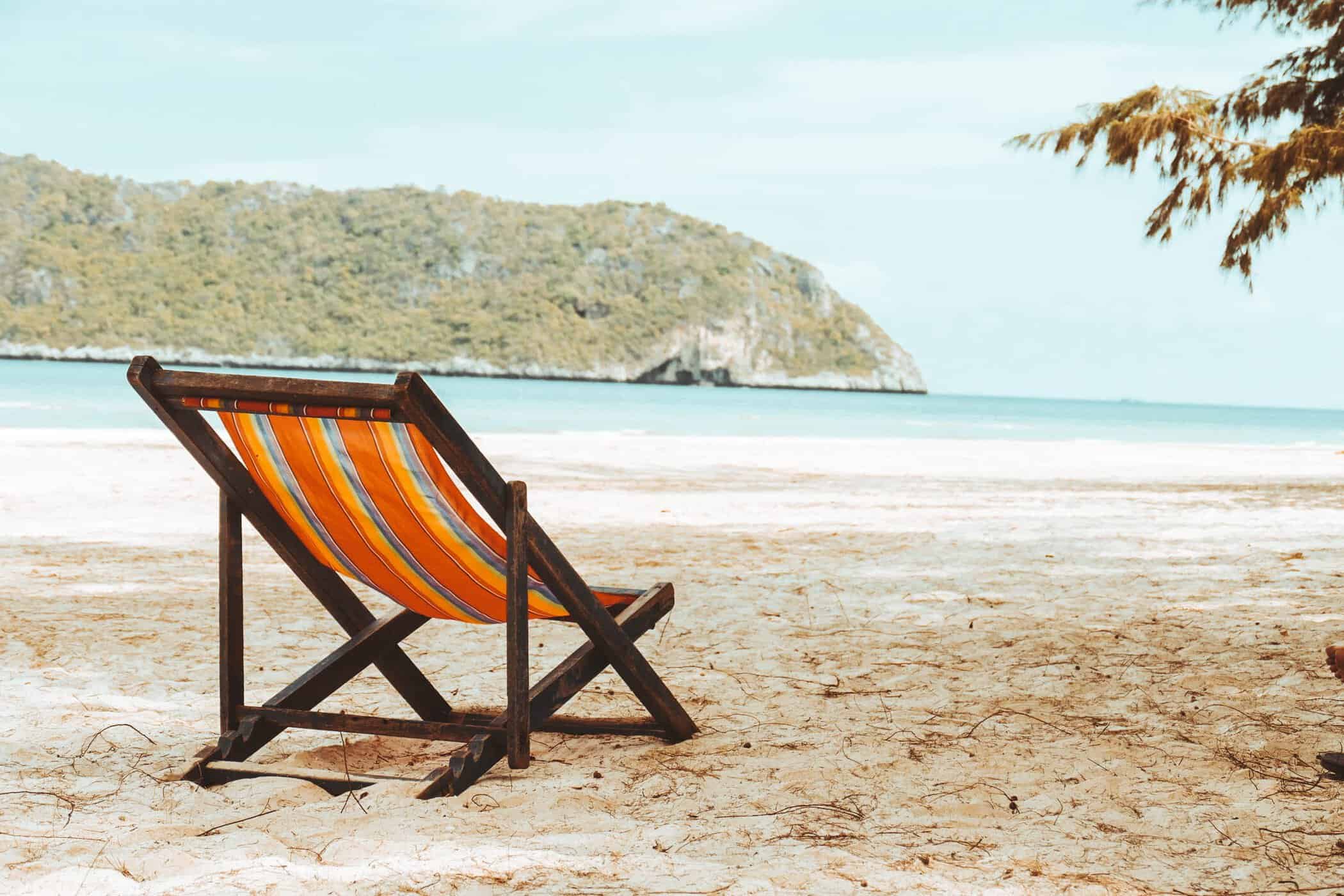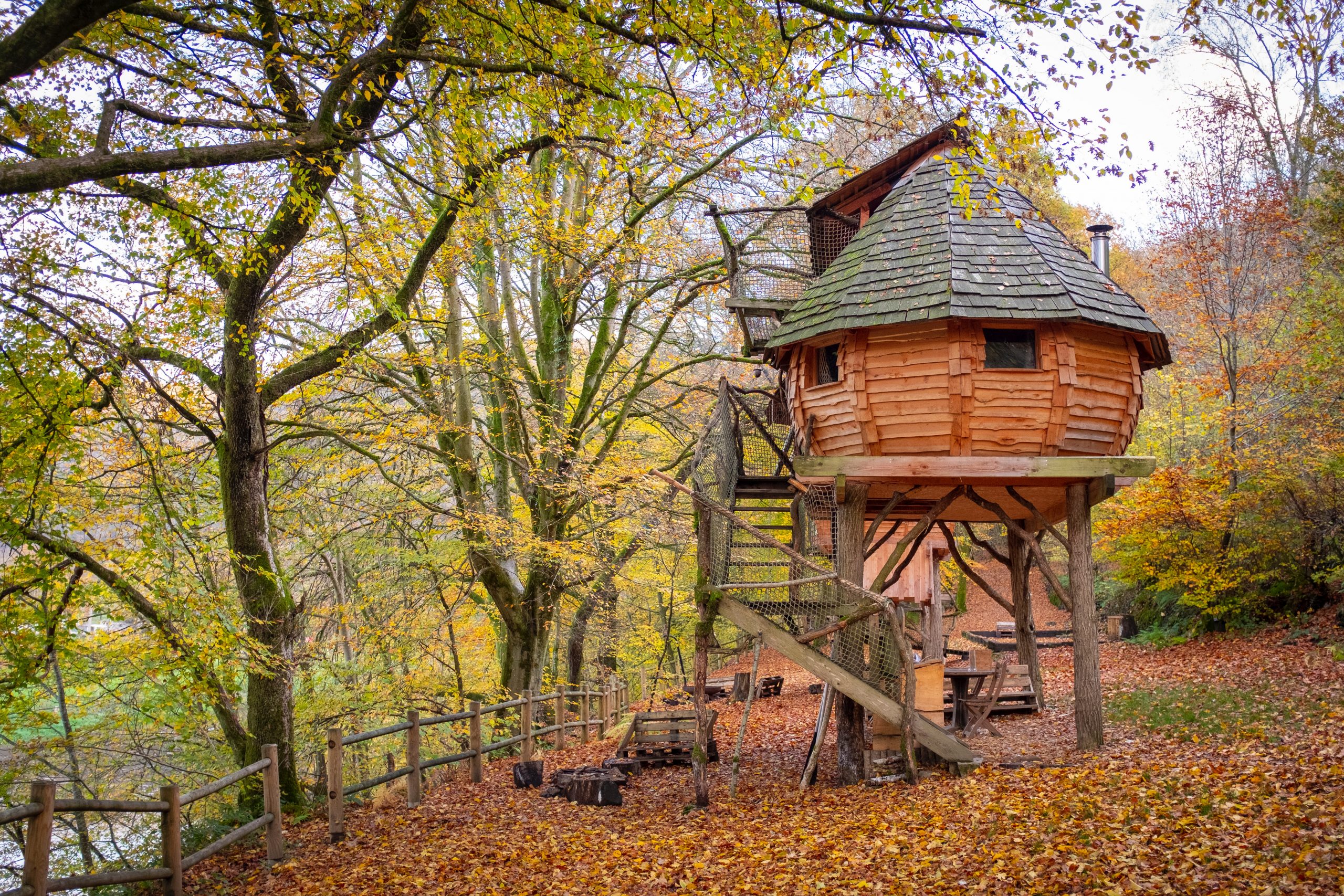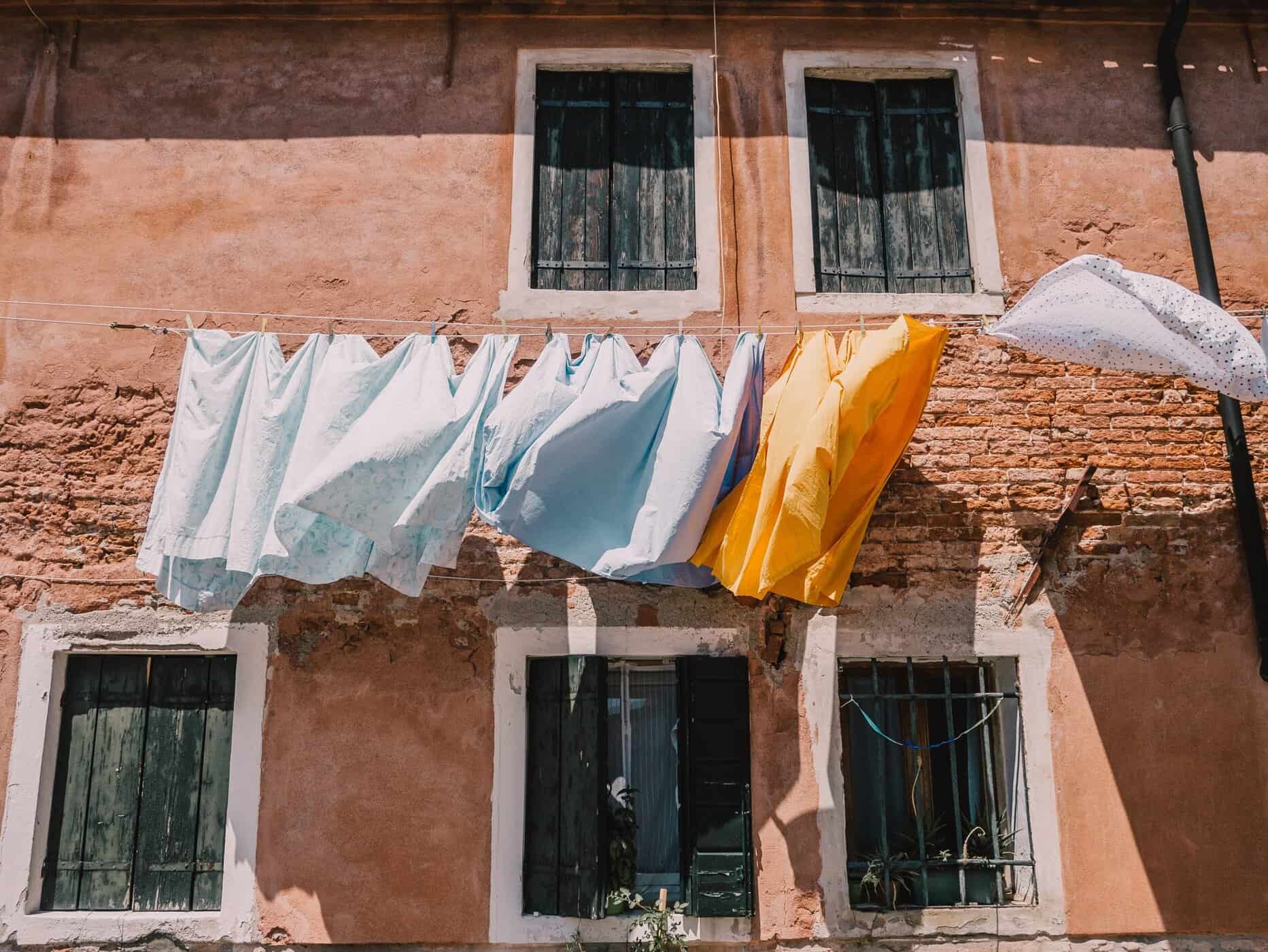The most important thing to know when packing for a trip to Cuba, especially for solo female travelers, is that some of your basic necessities are not readily available there if you forget them. Packing a little extra of a few things doesn’t hurt when traveling to Cuba. If you don’t use everything, locals really appreciate donations. We’ve put together an extensive packing list for Cuba, specifically for solo female travelers, so you can embark on your journey confidently.
What bag to pack for Cuba

To carry on or not to carry on? Duffel bag, backpack, or suitcase? We get asked this question a lot, but it’s really up to you and what kind of packer you are! There are two limitations to consider for trips to Cuba, including our Cuba Meetup Tour.
There will be times when you will have to carry your luggage to your room or to the bus on your own. Be sure you can manage it! We ask that when you travel with us, you limit your baggage to a personal item like a purse, a daypack, and a suitcase to be sure everyone has plenty of space to spread out in the mini-bus.
Otherwise, it is a personal choice what kind of bag you pack for Cuba. We always recommend not to overpack, so you can save space for souvenirs and not feel weighed down. To maximize space in your bags, use compression packing cubes like these that we designed. They save space and keep you organized; we never leave for a trip without them.
Weather considerations and how to pack for Cuba
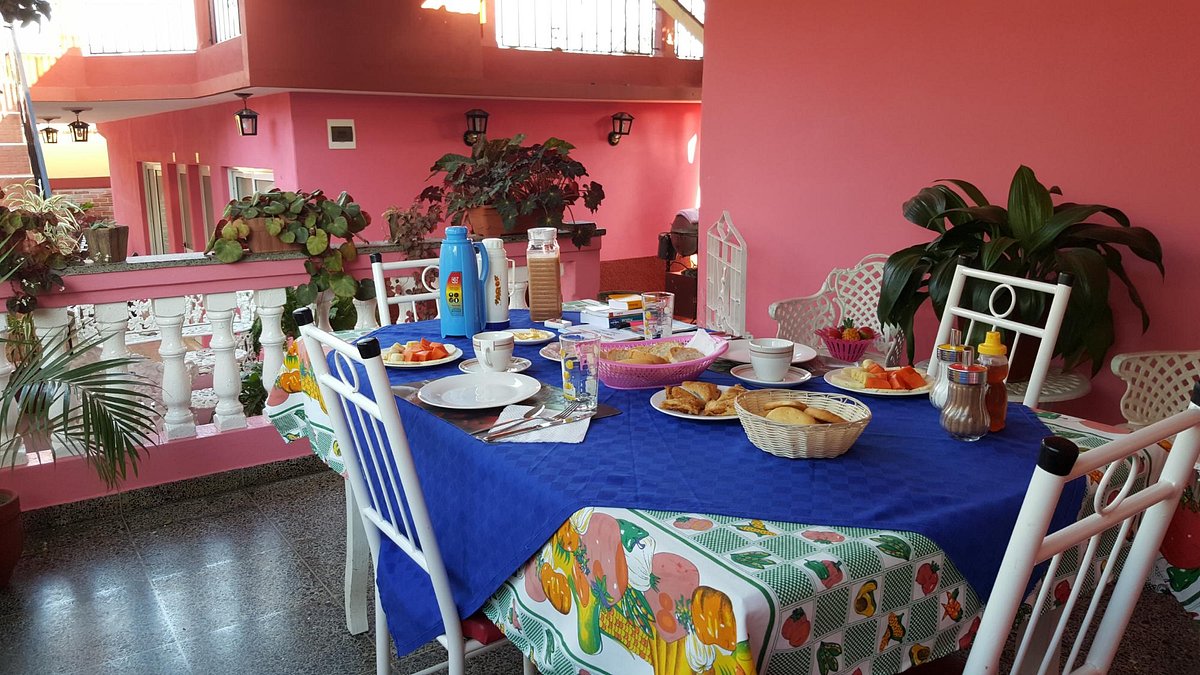
How to dress as a solo female traveler in Cuba
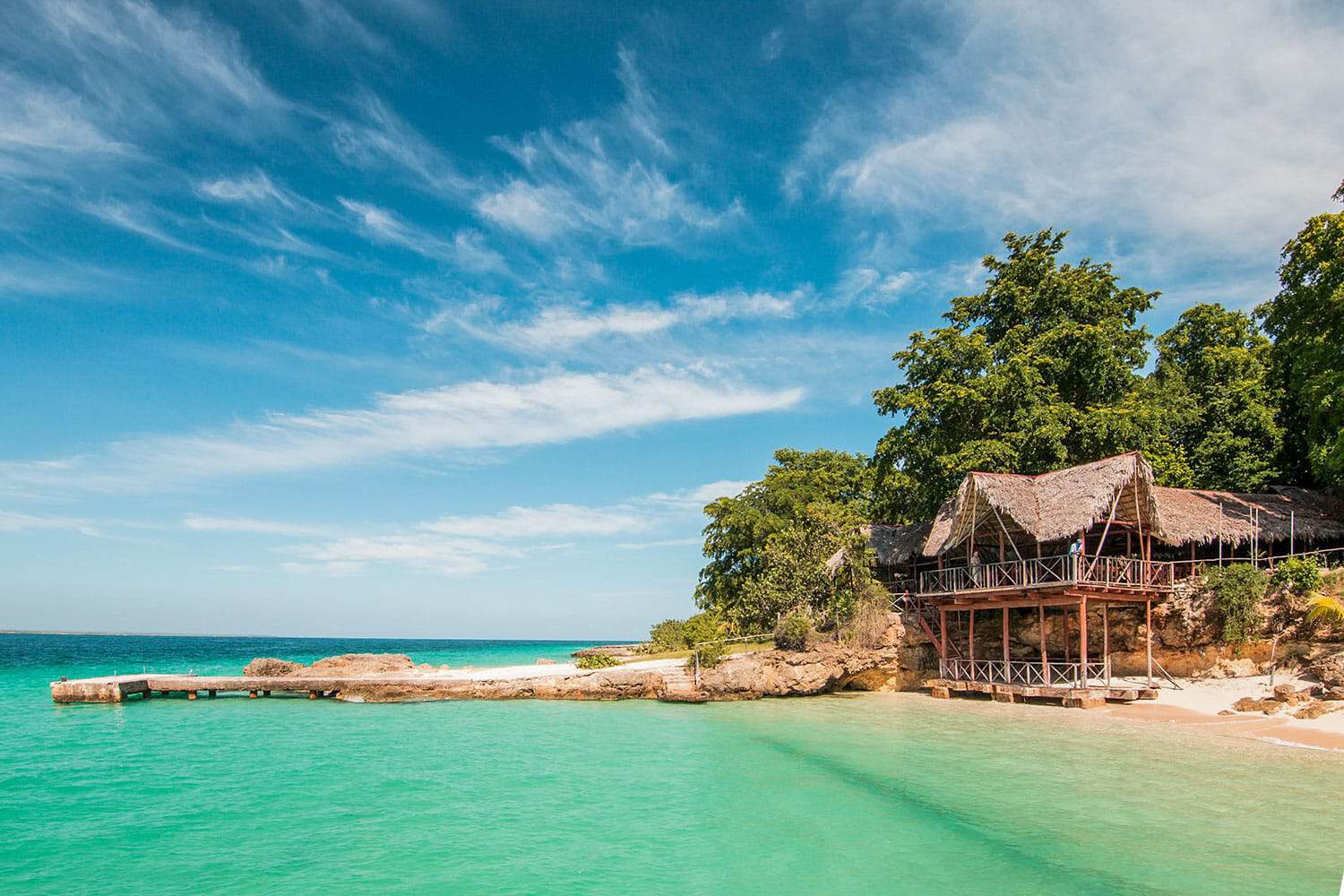
While Cuba has a predominantly Catholic population, you do not have to cover your arms, legs, chest, or shoulders, unless it’s your personal choice. Modesty is unnecessary in Cuba. Overall, women’s fashion in Cuba is casual and practical, and local women tend to dress comfortably and appropriately for the tropical climate – think light, breathable fabrics and flowy skirts and dresses.
Keep in mind that wearing luxury branded items or expensive jewelry may not only be considered insensitive but could also draw unwanted attention from pickpockets.
ESSENTIAL ITEMS TO PACK FOR CUBA
Aside from the basics (scroll down for a printable packing list that includes things like underwear and socks), there are some necessities that will make you a lot more comfortable in Egypt. Here are some things you may not think of to pack but will improve your experience.
1. A personal fan
If you are sensitive to the heat o just don’t like to sweat, one of these rechargeable personal fans is a good idea. Cuba can get hot and humid, and a fan can help keep you cool when walking around the city or waiting in lines. One of our travelers introduced us to this little neck fan, and now we recommend it to every traveler going somewhere hot. It’s a life-saver!
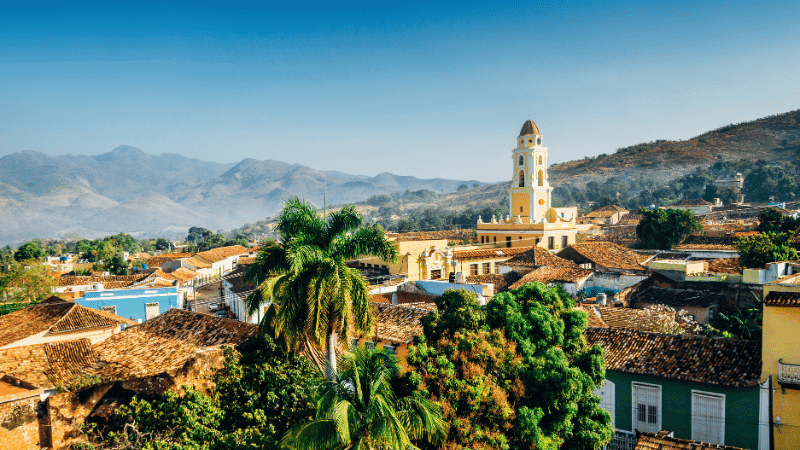
2. Sun & Bug Protection
A wide brimmed hat and a high quality sunscreen are necessary for any trip to Cuba. The sun can be fierce, especially in summer, which makes beautiful views and stunning photos, it’s tough on skin. Mosquitos can become a nuance in some parts of the country, so pack some bug repellant if you are sensitive to bites. We love this one because it’s solid, perfect for a carry-on or for just not spilling in your bag.

3. A Maxi Dress or Two
Comfortable, breezy, and very cute for all those Insta photos, a maxi dress is perfect Cuba. A dress like the one is perfect because it comes in many sizes, covers your shoulders from the sun, and is loose, comfy, and still very cute. This dress is also great value with lots of colors to choose from, perfect for those billowing skirt shots next to a c classic car. Don’t forget a pair of non-rolling bicycle shorts or Chub Rub, because chaffing is just the worst.
If you aren’t a dress kind of gal, lightweight wide-leg pants are also excellent to add to your Cuba packing list.
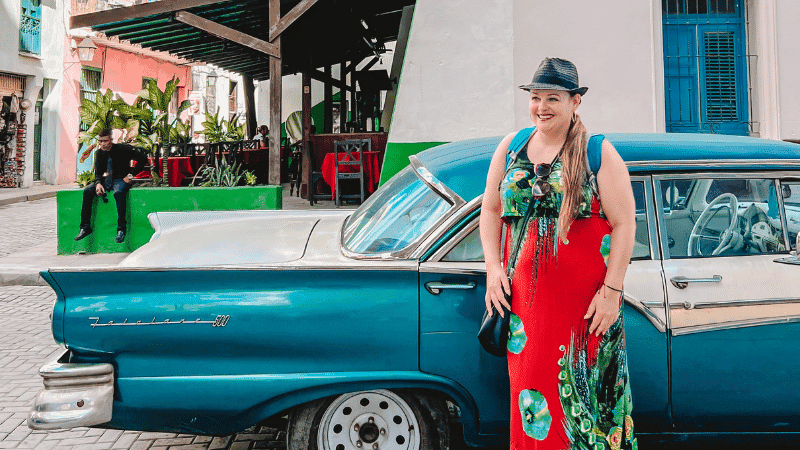
4. A Secure Daypack
An anti-theft, crossbody purse should be a travel staple almost everywhere in the world. Tourists are always a target to thieves, including in Cuba. To further protect your valuables in the often rainy weather, find one that is waterproof.
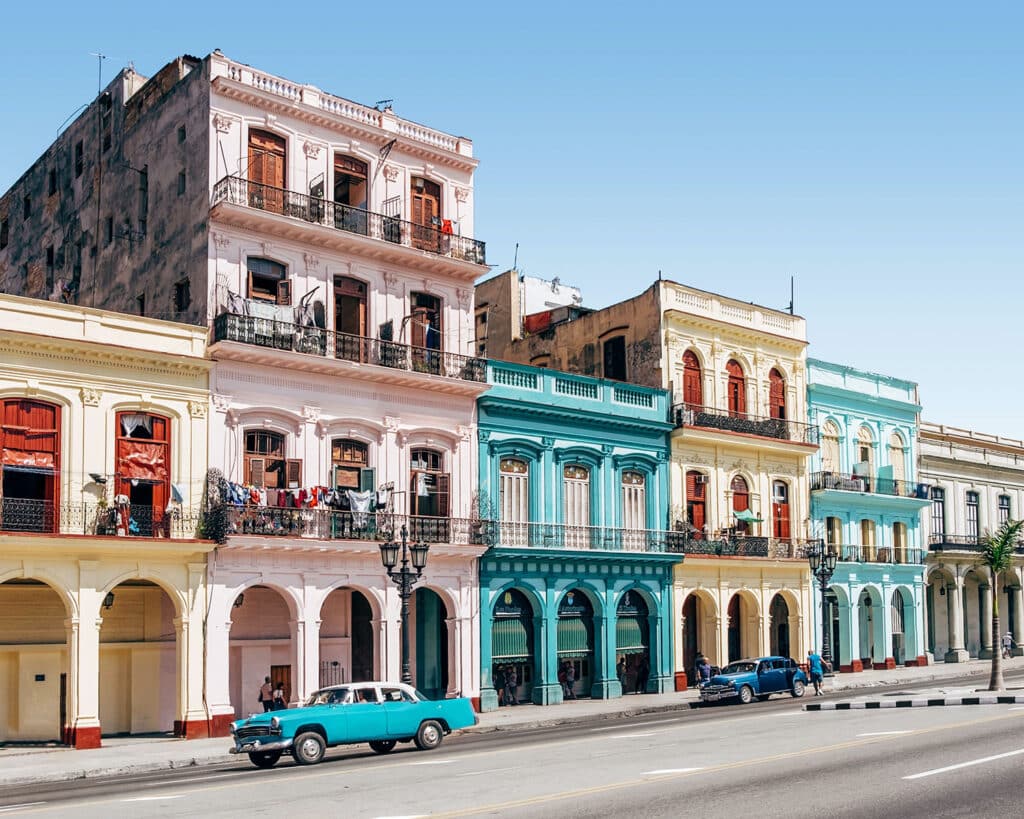
5. Toilet Paper and Period Products
While many hotels and restaurants have toilet paper, it’s always a good idea to have some on hand, especially if you plan on using public restrooms or visiting more rural areas. Period products are hard to come by in Cuba and won’t be the quality you probably expect. Pack some pads, tampons, or a cup and bring some extra for the local women who will surely appreciate it.
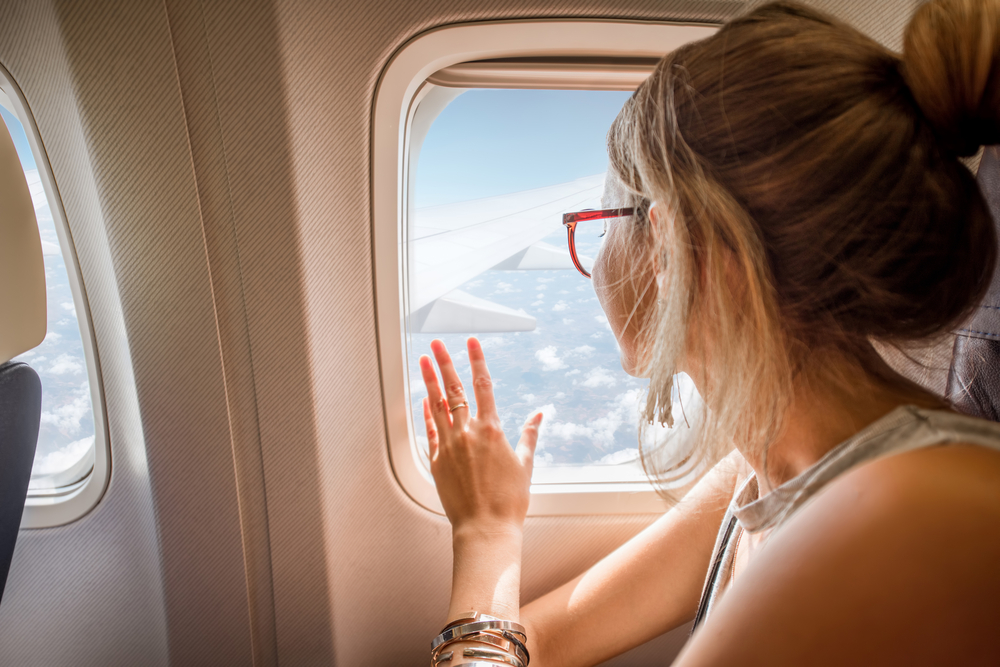
6. Hand Sanitizer
Hand sanitizer is an essential item to pack for any trip, but it can be particularly useful in Cuba, where access to soap and water may be limited in some places.
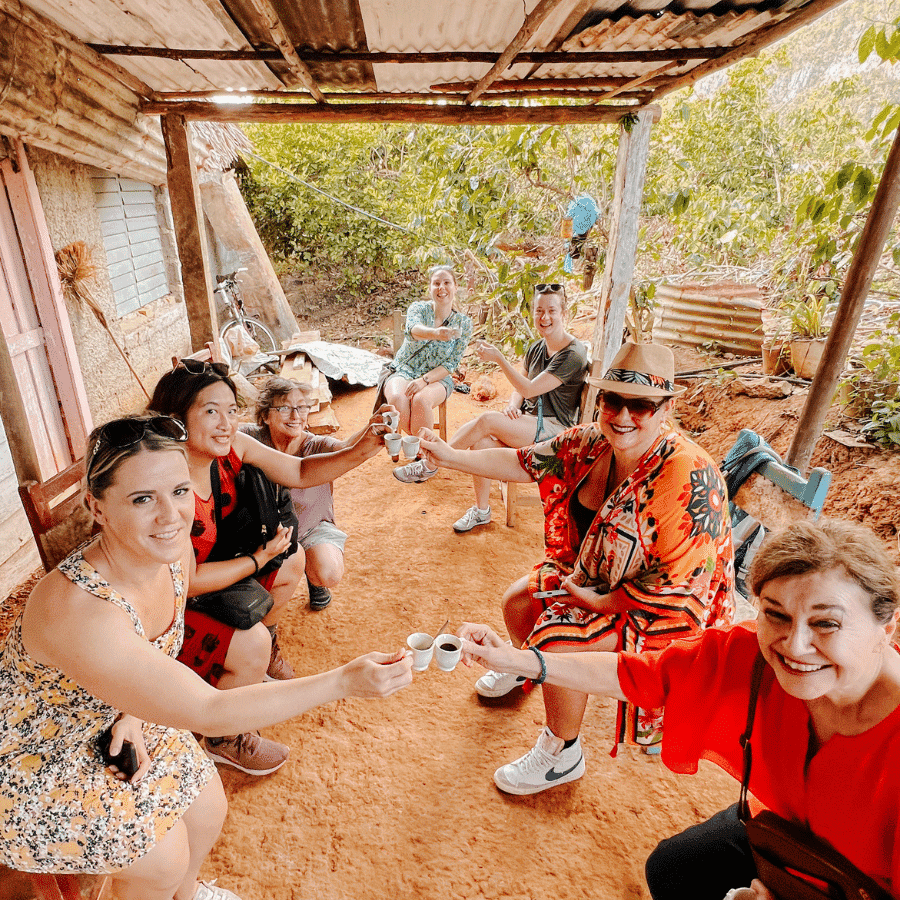
7. A Reuseable Shopping Bag
Many Cuban stores and vendors don’t provide shopping bags, so bringing a reusable shopping bag can be useful for carrying groceries, souvenirs, and other items.

8. A Water Filter Bottle
Tap water in Cuba is not always drinkable, so bringing a water filter bottle can be a smart choice for staying hydrated without relying on plastic bottles.
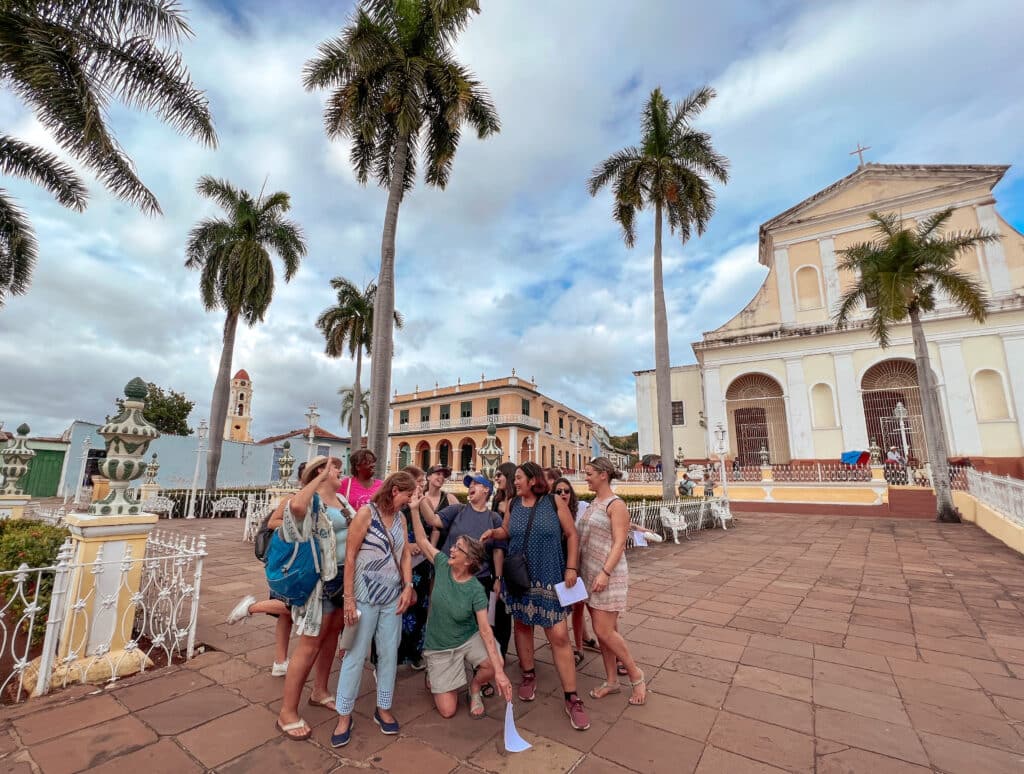
9. Waterproof Supplies for Beach Days
You can’t got o Cuba and not spend time on the beach. On our Cuba Meetup Tour, we spend a few days on different parts of the coast snorkeling, swimming, and drinking mojitos. We suggest coming armed with some waterproof supplies, like a phone case to take safe underwater photos, waterproof shoes that double as walking shoes, and a dry bag.

10. Rain Jacket
If you’re traveling to Cuba in the rainy season, a super light rain jacket will keep you a little dry in this hot humid rain showers. We like this one in any humid, rainy climate, because it’s very light, almost like a much more durable (and fashionable) poncho.

Full Cuba Packing List for Women
Our goal with this packing guide is to give you the information you need to travel with confidence to Cuba. Pack carefully, but also don’t stress too much. You will have a group of amazing, supported women with you. As always, when you travel with us on our Cuba Meetup Tour , you have a private space in The Network to chat about your packing list with fellow travelers. You are also welcome to email us if you get stuck and need some advice!
Use this Cuba packing checklist for all the necessities including the basics. Of course, everyone’s needs and personal preferences are different, so don’t look at this as an exhaustive list.
Ed’s note: This post contains affiliate links, which means we make a small commission if you purchase something. It costs you nothing and every penny goes towards improving and operating our free community, The Network, the running of the SoFe Travel team and SoFe community at large. Wherever possible, we support women-owned businesses and ethical, sustainable organisations.



















